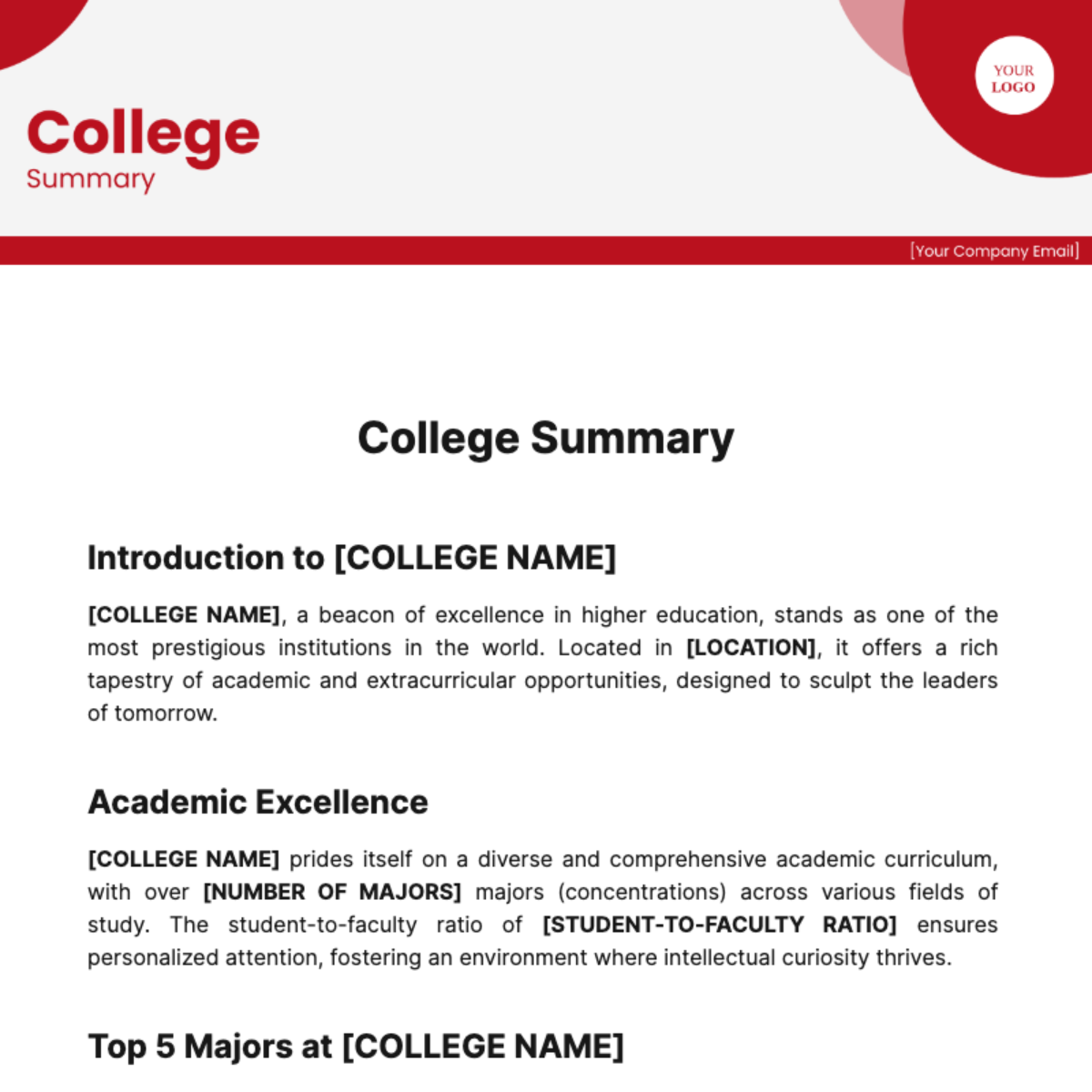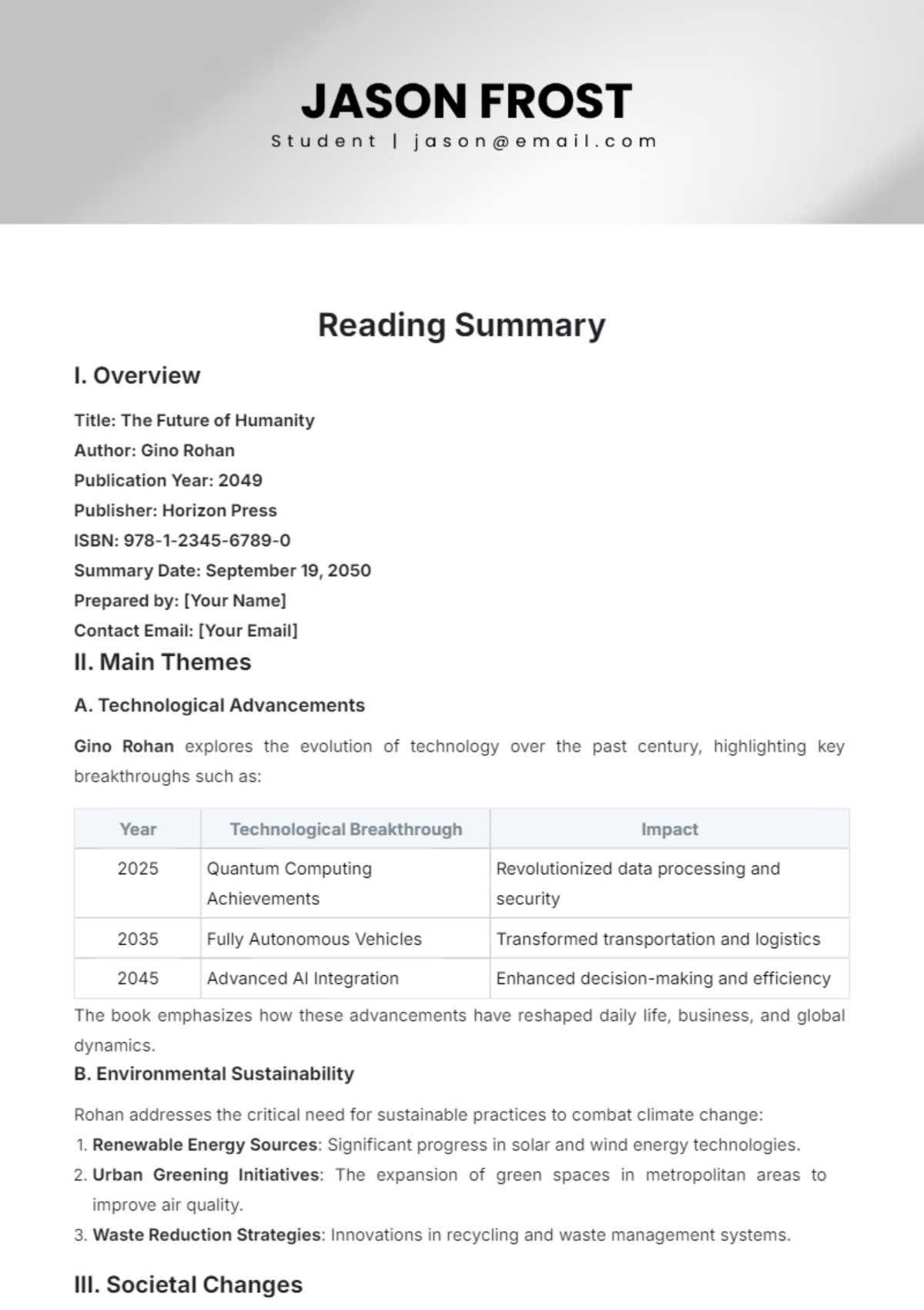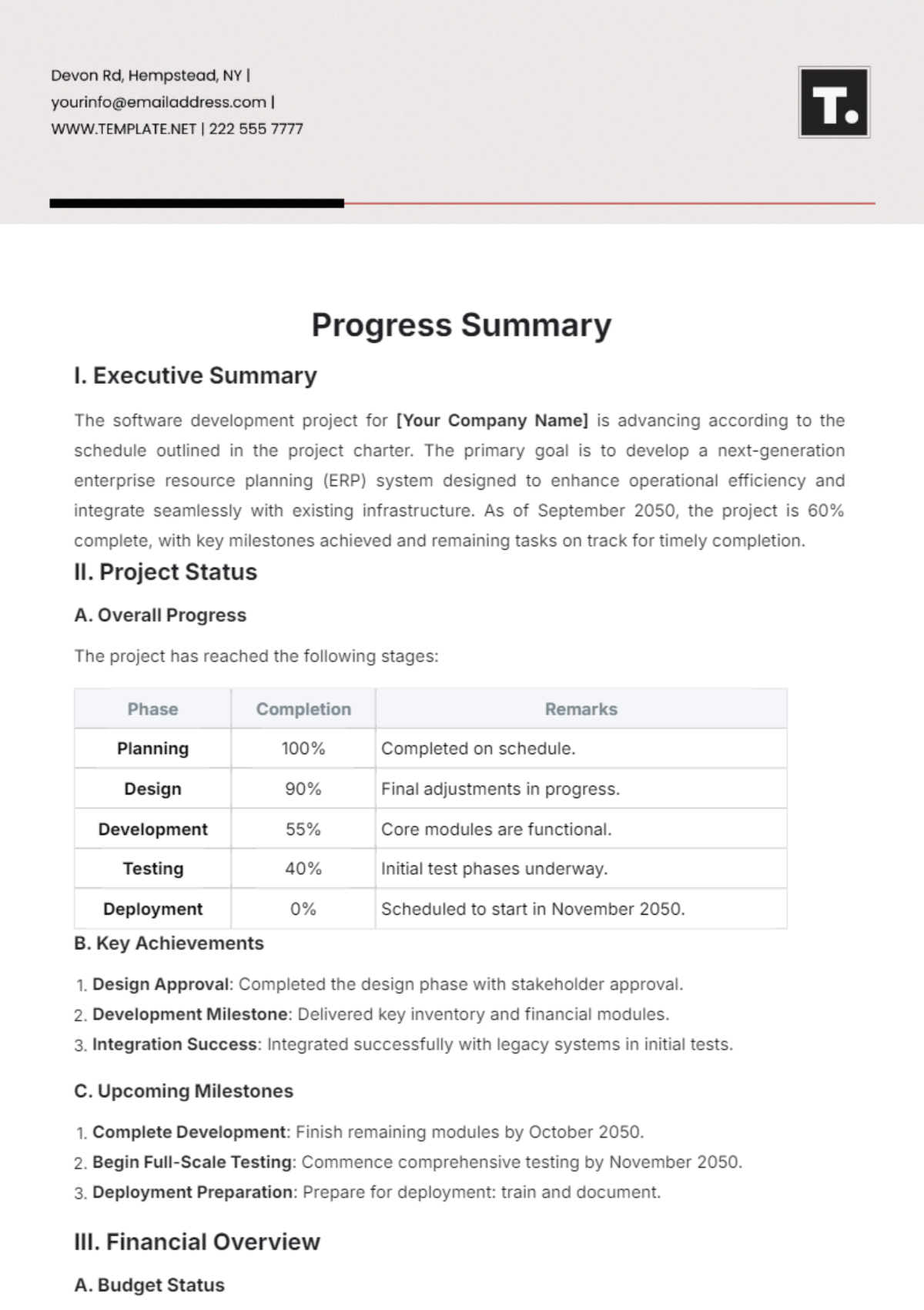Free Brief Executive Summary
Introducing our Brief Executive Summary Template, a concise yet comprehensive tool designed to encapsulate key information effectively. Accessible on Template.net, this editable and customizable template ensures clarity and impact. Utilize our Ai Editor Tool to tailor the summary to your specific needs, whether for reports, presentations, or proposals. Simplify your communication process and captivate your audience with our meticulously crafted template. Elevate your briefs with Template.net.






























